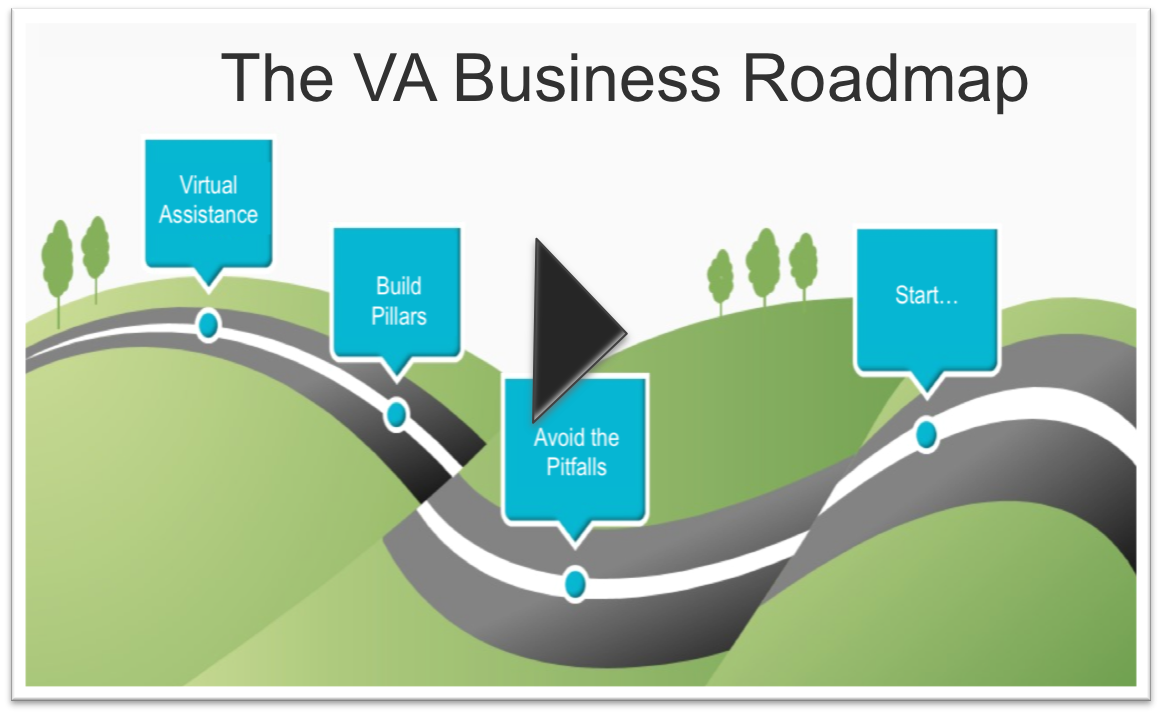 Most of us know that responding to RFPs (Request for Proposals) can be a great way to connect with potential new clients. However, it can be a bit intimidating as well, because your response to a RFP is your first (and potentially only) time to leave a lasting impression on a potential client. So, you really want the client to take notice of you and therefore you want your proposal to stand out above all your competitors.
Most of us know that responding to RFPs (Request for Proposals) can be a great way to connect with potential new clients. However, it can be a bit intimidating as well, because your response to a RFP is your first (and potentially only) time to leave a lasting impression on a potential client. So, you really want the client to take notice of you and therefore you want your proposal to stand out above all your competitors.
Well, I’ve been on the client side of receiving many proposals and I also outsourced client request to VAs with specific skills that can match a request and had to screen proposals before it is send to the client. In some cases, the responses I received are great, but it’s sad to say that in most cases they are quite disappointing because of the following 3 reasons:
1. I sometimes know the VA has excellent skills and are the right candidate for the client, but the proposal doesn’t nearly reflect the skills or capabilities of the VA.
2. The proposal is all about the Virtual Assistant and not the client. It contains a lot of unrelated information that has no relevance to the request at all.
3. Sometimes proposals are quite sloppy and don’t reflect positive on the professional image and expertise of the VA industry as a whole – this one makes me really sad….
So, I then often wonder what the problem might be.
Is it the perception that information on how to write a proper proposal is not that freely available? Is it because most business owners, asking for a RFP do not really include enough information in their requests? Is it perhaps a combination of these factors?
Unfortunately, there is not much that we can do about the information we receive from business owners writing the requests – apart from educating them on how to do it right.
But we can surely give you the information how to write a professional proposal – even if the request is not that clearly laid out. Our e-book “Demystify the process of responding to a RFP“ is an excellent resource to give you all the info and even written scripts and templates on how to write a “killer proposal” that will grab your client’s attention and dramatically enhance your chance of getting the work.
And to help you even more, here are 10 handy tips on writing a proposal that will stand out.
- Ensure you understand what the client wants. One of the first things prospective clients want to know is that you can do the work they request. So, confirm early in the proposal that you are capable and qualified and if possible give examples.
- Make the proposal about the prospective client. Do a bit of research, visit their website and find out what the client is all about. Tell the client what is in it for them and how your skills and abilities can benefit them and solve their problem.
- Take the tasks listed in the RFP and tell the clients what you can do to meet their needs. Be as specific as possible. Show them you ‘know what they don’t know’. They may be an expert in their field, but you are an expert in yours.
- Include your rates because business owners usually don’t want to contact you to find out what you’re charging. But remember, don’t try to win them on price alone, you want them to choose you for the perceived value your services have.
- Be positive and confident in your response. It will instill confidence and trust in the client.
- Include all your contact information in an easy-to-read format.
- Proofread, edit and reread. You don’t want to distract your reader with spelling and grammatical errors. Remember, you are the example you set in your response – if it is carelessly done and sloppy, the potential client will believe your work will be sloppy as well.
- Do not make the initial proposal to long. As a rule of thumb, the initial proposal should be no longer than a page or two. You can always follow it up with a more elaborate proposal to showcase all your talents.
- Very important. Don’t send a CV as a proposal. The client is interested in how you can solve his problems and not so much in your high school career. As a business owner (because that is what you are), it is not required that you provide a CV. Rather have a business portfolio ready that contains relevant past experience and client testimonials the prospective client can work through.
- Follow up. Sending the proposal to the client is not the end of the process. It is important to follow-up in 3-5 days to show your enthusiasm and professionalism.
Responding to a RFP is often the only chance you will get to create a positive first impression. Be creative, professional and thorough… and be yourself. That is generally the best way to produce a winning proposal and a lasting business relationship with the new client.




